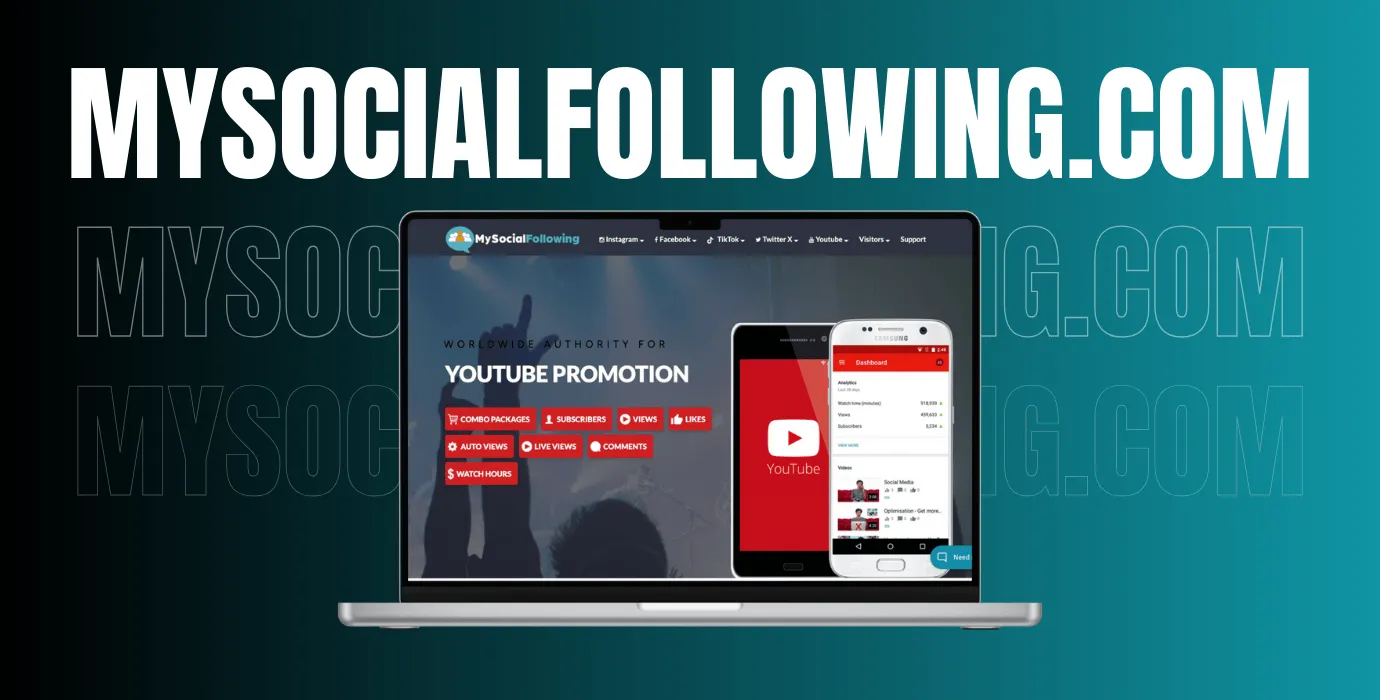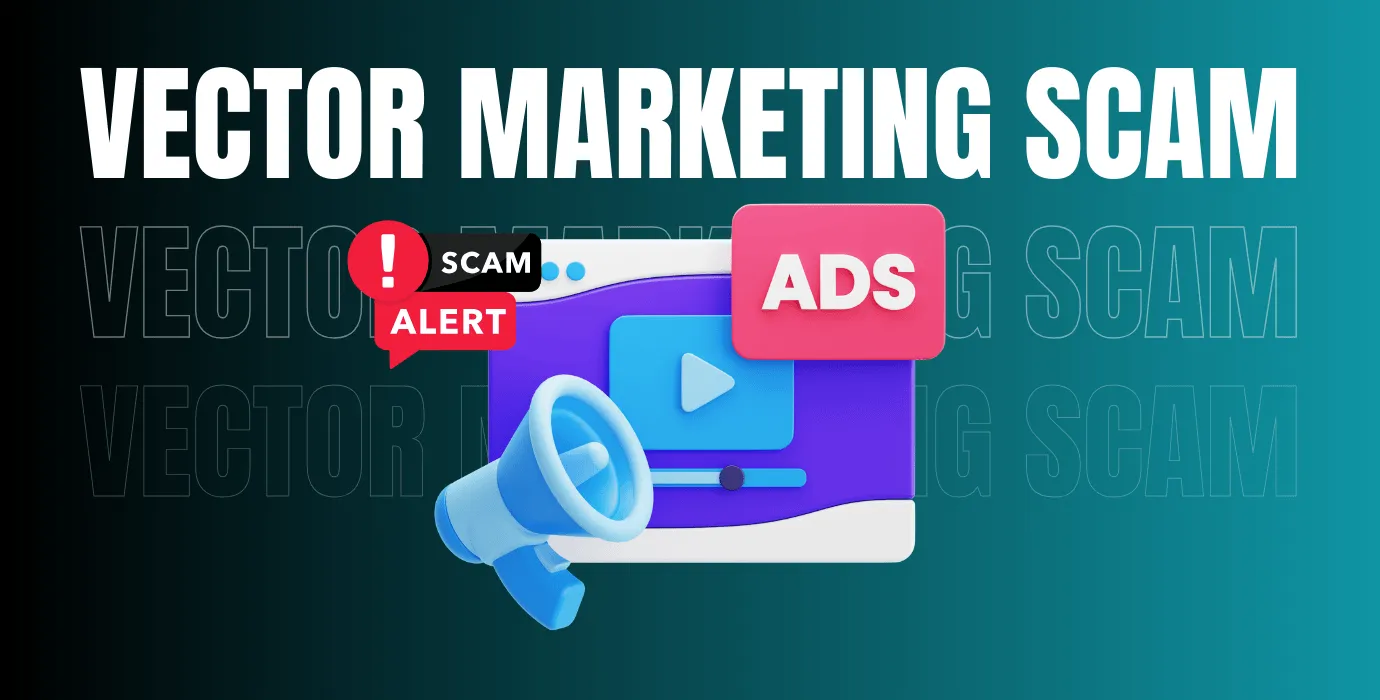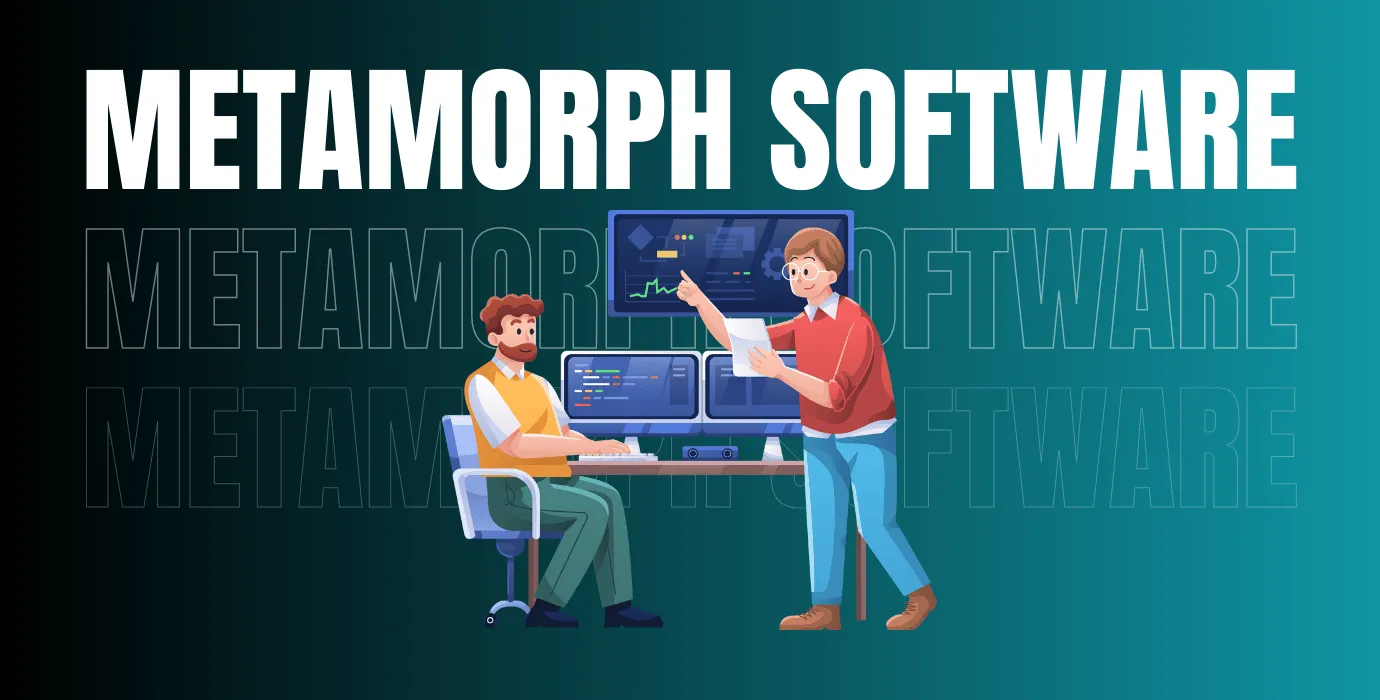Email marketing plays a pivotal role in digital marketing strategies, helping businesses engage with their audience, increase conversions, and drive sales. SendGrid Email Marketing has long been a popular choice for email campaigns, but it’s not the only player in the game. As an experienced email marketer, I’ve tested many alternatives to SendGrid over the years, and I’m here to share my top 10 recommendations for 2025.
In this article, I’ll explore 10 of the best SendGrid Email Marketing alternatives, including their features, pricing, pros, and cons. Whether you’re a startup, e-commerce business, or enterprise, you’ll find a solution that aligns with your needs.
1. Postmark
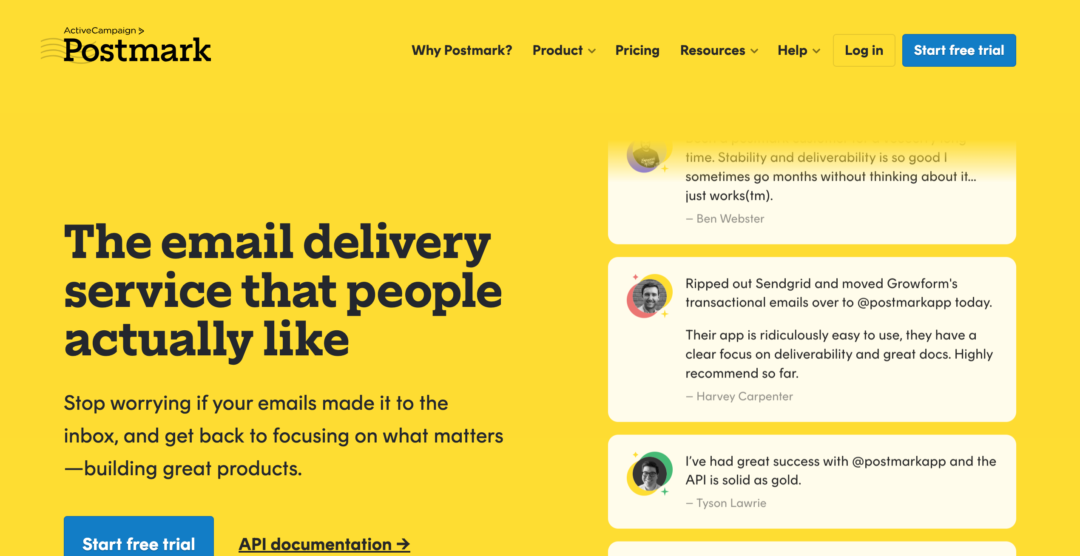
When it comes to transactional emails, I highly recommend Postmark. Postmark excels at sending one-off emails triggered by user actions, such as order confirmations or password resets. As someone who has used Postmark for numerous transactional email campaigns, I can vouch for its speed and reliability.
Pros:
- Fast email delivery: Postmark ensures emails are delivered in mere seconds, making it ideal for transactional messages.
- High deliverability: With its focus on transactional emails, Postmark enjoys an excellent reputation for reaching inboxes.
- Developer-friendly API: The API is easy to integrate, making it a great choice for businesses with development teams.
Cons:
- Not suitable for bulk marketing: Postmark isn’t designed for large-scale marketing emails.
- Basic analytics: It provides essential tracking, but it lacks the deep analytical features of some other platforms.
Pricing Plans: Postmark starts at $10 per month for up to 10,000 emails, with additional charges based on usage.
2. Mailgun
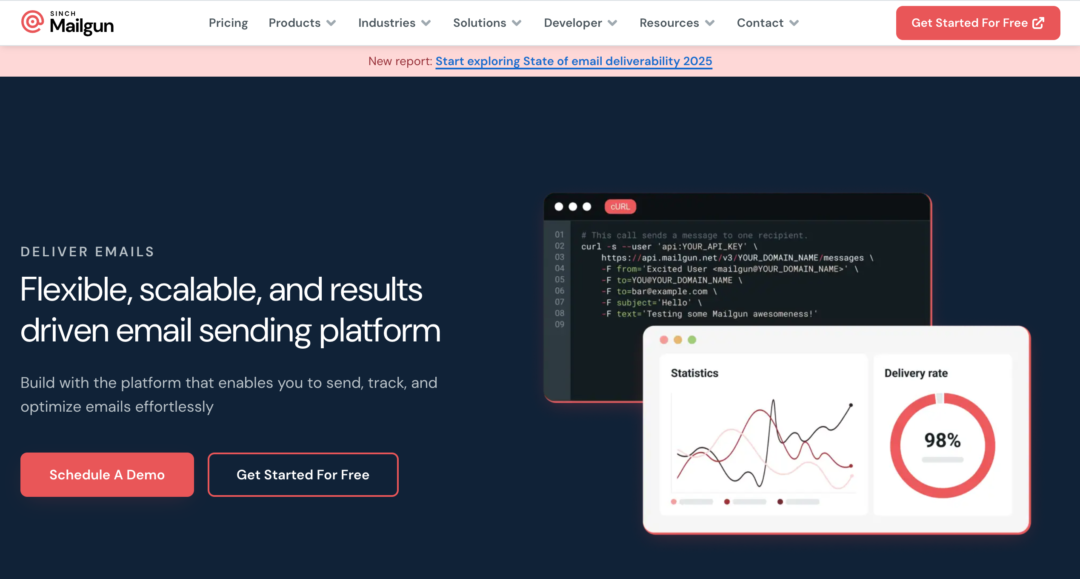
For developers and those requiring advanced email automation, Mailgun is a powerful alternative to SendGrid Email Marketing. I’ve used Mailgun to handle both transactional and marketing emails, and its flexibility is outstanding.
Pros:
- Extensive API: Mailgun offers a robust API perfect for developers looking to integrate email into their applications.
- Advanced reporting: You can track metrics like open rates, click-through rates, and bounce rates.
- Scalability: It’s perfect for businesses of all sizes, from startups to large enterprises.
Cons:
- Complex for beginners: The platform can be overwhelming if you’re not familiar with development.
- Higher costs for small businesses: For low-volume users, it can become pricier than other alternatives.
Pricing Plans: Mailgun offers a free plan for up to 5,000 emails in the first three months. After that, pricing starts at $15 per month for up to 50,000 emails.
3. Mailchimp Transactional (formerly Mandrill)
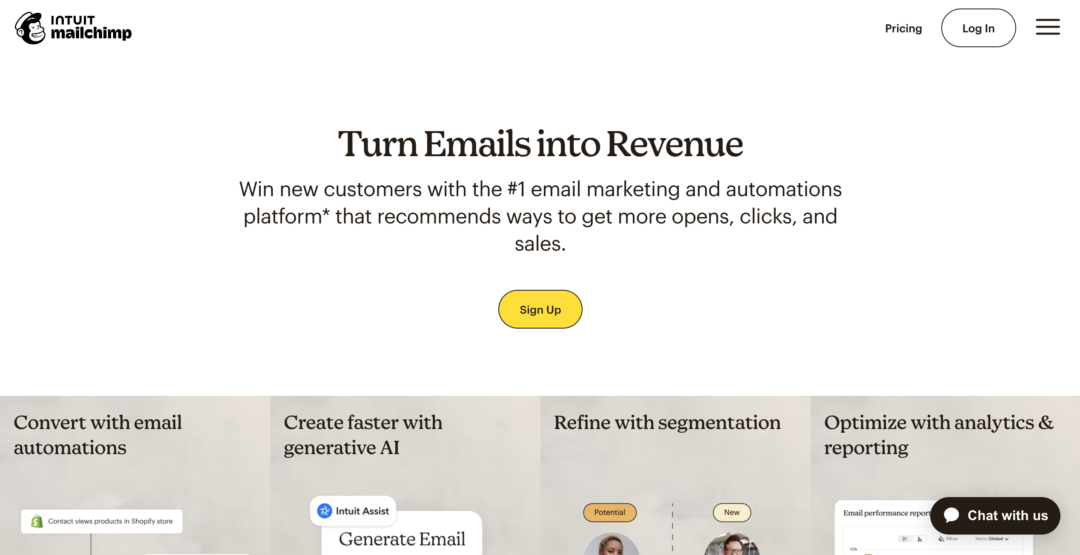
If you already use Mailchimp for your marketing campaigns, Mailchimp Transactional (formerly Mandrill) is the natural choice for handling transactional emails. I’ve used this service for automated emails like welcome emails and order confirmations.
Pros:
- Seamless Mailchimp integration: If you’re a Mailchimp user, you can easily integrate your transactional emails into the same platform.
- Simple to use: The user interface is intuitive, making it easy to set up automated emails.
- Reliable deliverability: Mailchimp Transactional is known for delivering emails quickly and efficiently.
Cons:
- Limited features for advanced marketers: Mailchimp Transactional lacks some advanced features compared to competitors.
- Price increases: Recently, Mailchimp has raised the prices for this service, which may not be ideal for smaller businesses.
Pricing Plans: Mailchimp Transactional starts at $20 per month for up to 50,000 emails, with additional charges for extra emails.
4. Amazon SES (Simple Email Service)
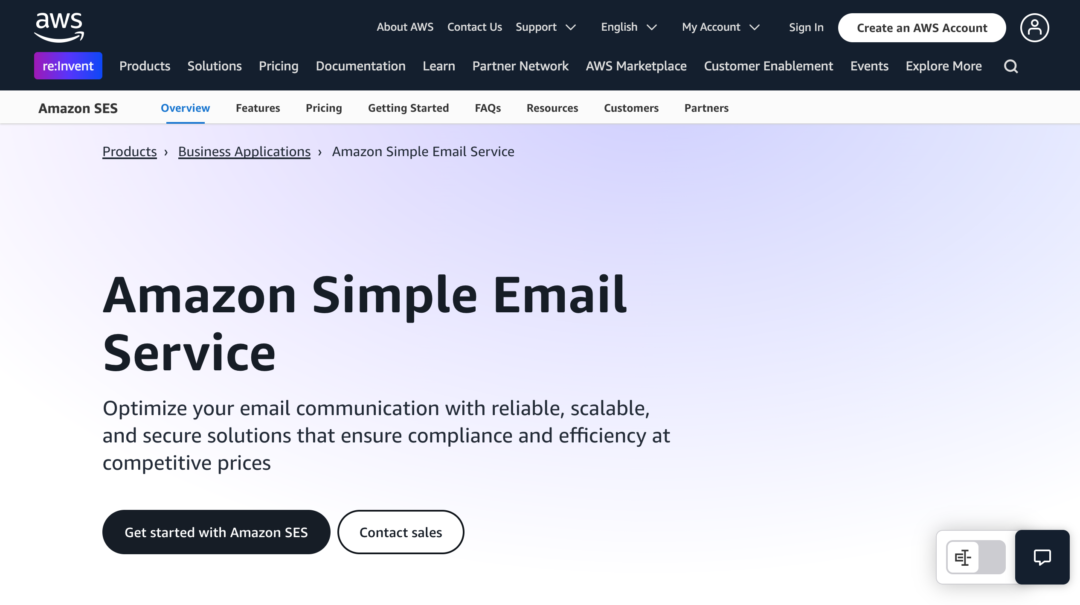
Amazon SES is an affordable option for high-volume senders. While it requires more technical expertise to set up, it offers exceptional scalability and cost-efficiency. I’ve used Amazon SES for large campaigns and found it unbeatable in terms of price.
Pros:
- Low cost: At $0.10 per 1,000 emails, Amazon SES is the most affordable service available.
- Scalable: Amazon SES can handle high email volumes with ease.
- Amazon infrastructure: Backed by AWS, it offers exceptional reliability and performance.
Cons:
- Complex setup: SES requires a fair amount of configuration, which can be challenging for beginners.
- Limited support: Unless you’re on a premium AWS plan, support options can be sparse.
Pricing Plans: Amazon SES charges $0.10 per 1,000 emails. If you’re using Amazon EC2, the first 62,000 emails per month are free.
5. SparkPost

SparkPost is ideal for businesses with high-volume email campaigns. With advanced features like real-time tracking, SparkPost is a robust alternative to SendGrid Email Marketing. I’ve used SparkPost for several campaigns and appreciate its depth of analytics.
Pros:
- Advanced analytics: You can track email performance in real-time, including delivery rates and user engagement.
- High deliverability: Known for maintaining excellent inbox placement rates.
- Flexible API: Ideal for businesses with technical teams looking for a customizable solution.
Cons:
- Steep learning curve: New users may find it challenging to navigate the platform.
- Pricing: SparkPost can become expensive for lower-volume users.
Pricing Plans: SparkPost offers a free tier for up to 100 emails per day. Paid plans start at $20 per month for 50,000 emails.
6. Sendinblue
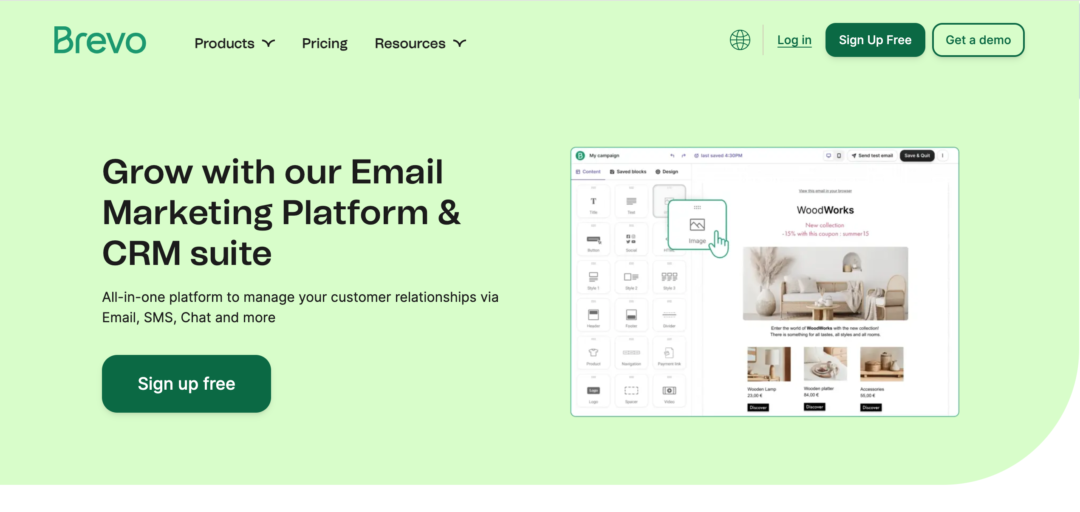
Sendinblue is an all-in-one platform that offers email marketing, SMS marketing, and automation features. I’ve used Sendinblue for multi-channel campaigns, and it stands out for its ease of use and comprehensive tools.
Pros:
- All-in-one solution: Sendinblue combines email, SMS, and marketing automation, making it an excellent choice for integrated campaigns.
- Automation features: You can automate your email workflows, including abandoned cart emails and customer follow-ups.
- Good deliverability: Sendinblue offers reliable inbox delivery.
Cons:
- Limited A/B testing: The A/B testing options are basic, so advanced marketers might find it lacking.
- Pricing for large lists: As your list grows, the pricing can get expensive.
Pricing Plans: Sendinblue offers a free plan for up to 300 emails per day. Paid plans start at $25 per month for up to 10,000 emails.
7. Moosend
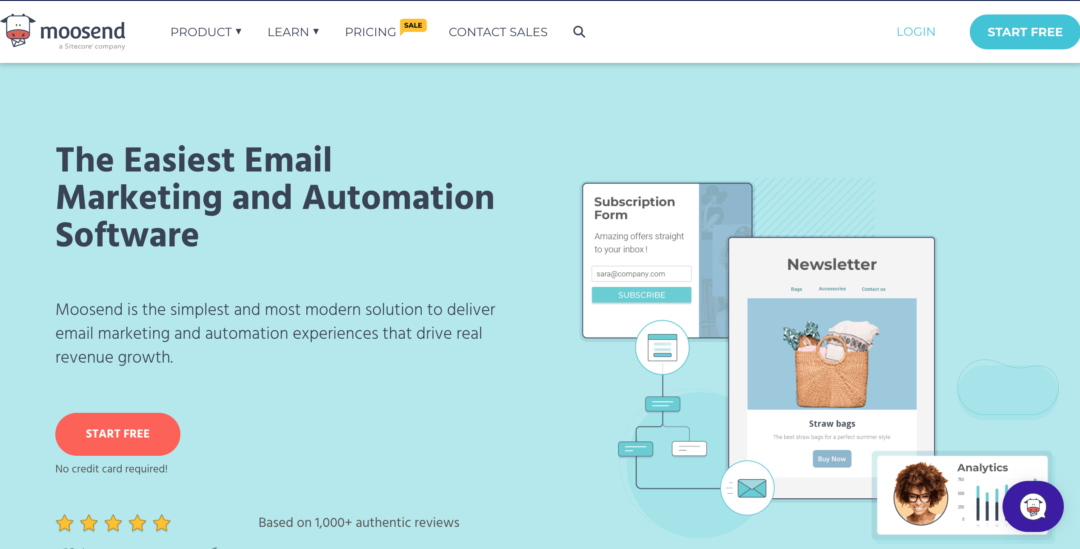
Moosend is a great option for small and medium-sized businesses looking for a feature-rich, affordable email platform. I’ve worked with Moosend to create automated workflows and run email campaigns, and its pricing is unbeatable.
Pros:
- Affordable pricing: Moosend offers one of the most cost-effective plans in the industry.
- Rich automation: The platform offers comprehensive automation features, allowing you to create advanced workflows.
- Comprehensive analytics: Moosend includes in-depth reports on your email performance, including heat maps and click tracking.
Cons:
- Limited integrations: While Moosend integrates with several apps, its list of third-party integrations is not as extensive as others.
- Limited support: The support team is only available through chat and email.
Pricing Plans: Moosend starts at $9 per month for up to 500 subscribers, with unlimited emails.
8. ActiveCampaign
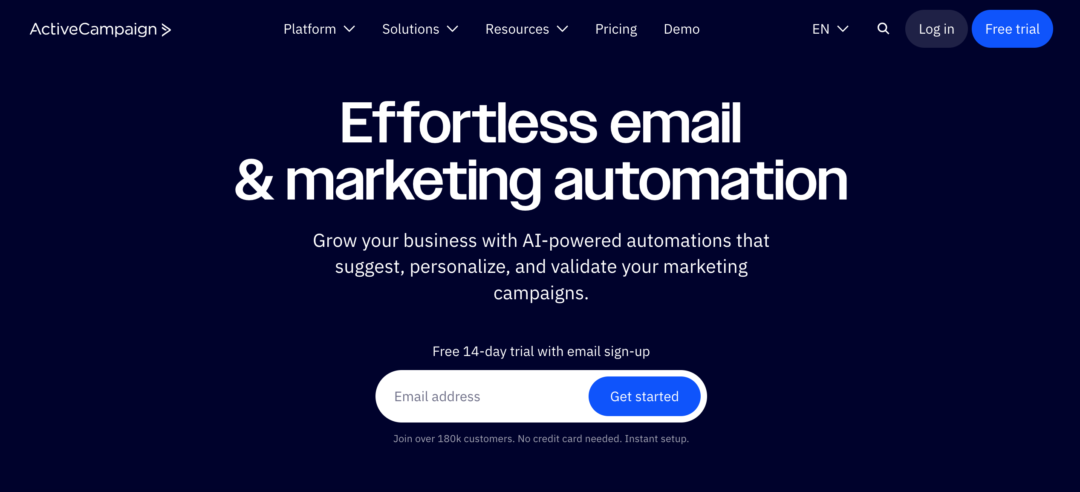
ActiveCampaign is a marketing automation platform that integrates email marketing with CRM features. I’ve used ActiveCampaign for both transactional and marketing emails, and its automation capabilities are some of the best in the industry.
Pros:
- Advanced automation: ActiveCampaign allows you to set up complex email automation flows and customer journeys.
- CRM features: Combine email marketing with customer relationship management for a unified approach.
- 24/7 support: ActiveCampaign offers round-the-clock support.
Cons:
- Pricey for beginners: ActiveCampaign can be more expensive than other platforms, especially for small businesses.
- Complex interface: The platform’s extensive features can be overwhelming for new users.
Pricing Plans: ActiveCampaign plans start at $9 per month for 500 subscribers, with a free trial available.
9. Benchmark Email
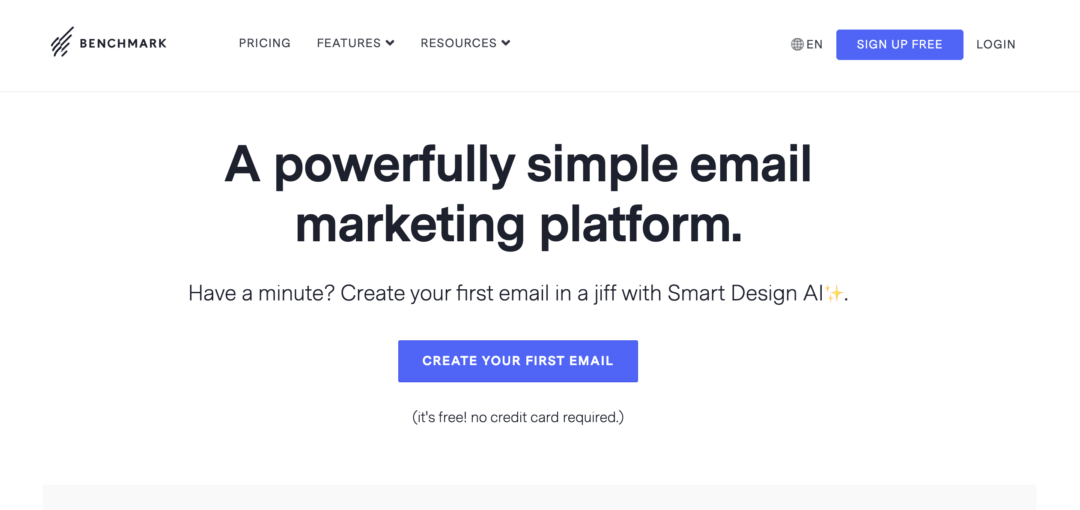
Benchmark Email is a solid choice for beginners and small businesses due to its easy-to-use interface and range of features. I’ve used Benchmark for a variety of marketing campaigns, and it’s one of the simplest platforms to set up and manage.
Pros:
- User-friendly: Benchmark’s drag-and-drop editor makes creating emails a breeze.
- Automated workflows: Benchmark allows you to create automated email sequences for user engagement.
- Free plan: The free plan is perfect for small businesses just getting started.
Cons:
- Limited integrations: The platform doesn’t integrate with as many third-party tools as other competitors.
- Reporting features: While Benchmark offers basic reports, the analytics could be more detailed.
Pricing Plans: Benchmark Email offers a free plan for up to 500 subscribers. Paid plans start at $13.99 per month.
10. GetResponse

GetResponse is an all-in-one marketing platform that combines email marketing, landing pages, and webinars. I’ve used GetResponse for various campaigns, and it’s especially powerful for businesses looking for an integrated solution.
Pros:
- All-in-one: Email marketing, landing pages, and webinars in one platform.
- Advanced automation: Set up advanced workflows, segmented lists, and triggered emails.
- Great for e-commerce: Easily integrates with e-commerce platforms like Shopify.
Cons:
- Complex interface: Given the breadth of features, the platform can feel overwhelming at first.
- Expensive for beginners: GetResponse can be pricey for startups and smaller businesses.
Pricing Plans: GetResponse plans start at $15 per month for 1,000 subscribers, with a free trial available.
Final Thoughts
After years of testing and optimizing email campaigns, I believe the best SendGrid Email Marketing alternative depends on your business’s specific needs. If you’re focused on transactional emails, Postmark is unbeatable. For developers and those looking for flexibility, Mailgun stands out. If you’re looking for an all-in-one solution with advanced features, GetResponse is a fantastic choice.
In conclusion, there’s no one-size-fits-all solution, but based on my experience, I’d recommend Postmark for transactional emails and Mailgun for developers.


